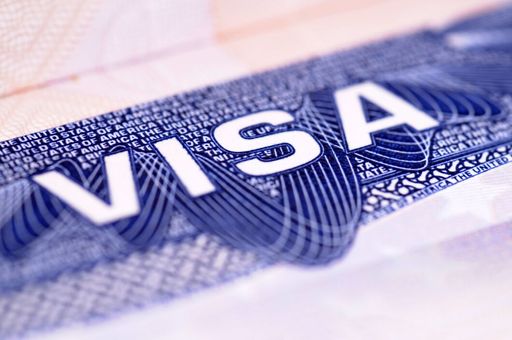Achieving Indefinite Leave to Remain (ILR) Through the 7-Year Child Route: A Comprehensive Guide
-
Securing Indefinite Leave to Remain (ILR) in the UK is a crucial step for many immigrants aiming for long-term stability and security. One significant pathway to ILR is through the 7-Year Child Route, a provision designed for children who have lived in the UK for a considerable period. This guide will help you understand the process, requirements, and benefits of obtaining ILR via the 7-Year Child Route.
What is the 7-Year Child Route to ILR?
The 7-Year Child Route allows children who have lived continuously in the UK for at least seven years to apply for ILR based on their established life in the country. The primary consideration is whether it would be unreasonable to expect the child to leave the UK after such an extended period of residence.
Benefits of ILR
- Permanent Residency: ILR allows you to live, work, and study in the UK without time restrictions.
- Pathway to Citizenship: After holding ILR for one year, you may be eligible to apply for British citizenship.
- Access to Services: Enjoy access to public funds and services, including healthcare and education.
- Family Stability: Provides stability for families, especially for children who have grown up in the UK.
Eligibility Criteria
To qualify for ILR through the 7-Year Child Route, the following conditions must be met:
- Continuous Residence: The child must have lived continuously in the UK for at least seven years.
- Age Requirement: The child must be under 18 years old at the time of application.
- Unreasonableness of Leaving: It must be unreasonable to expect the child to leave the UK, considering their established life here.
- Parent's Status: While the focus is on the child, the immigration status of the parents can influence the application.
Factors Considered in "Unreasonableness"
The Home Office will assess several factors when determining whether it is unreasonable for the child to leave the UK:
- Length of Residence: The duration of the child’s stay in the UK.
- Cultural and Social Ties: The extent of the child's integration into UK society, including schooling, friendships, and extracurricular activities.
- Best Interests of the Child: The overall well-being and best interests of the child.
- Country of Origin: Conditions in the child’s country of origin and their connection to it.
The Application Process
Step 1: Gather Required Documents
You will need:
- Proof of the child’s continuous residence in the UK for seven years (e.g., school records, medical records, letters from community organizations).
- Evidence supporting the claim that it would be unreasonable to expect the child to leave the UK.
- Valid passports or travel documents for the child and parents.
Step 2: Complete the Application Form
The main application form is the FLR(FP) form, used for applications based on family and private life.
Step 3: Pay the Fees
The application fee for ILR is currently £2,404 per person. Additionally, there may be a healthcare surcharge applicable.
Step 4: Submit Biometrics
Attend a biometric appointment to provide fingerprints and photographs.
Step 5: Wait for a Decision
Processing times can vary, but decisions are typically made within six months. During this period, the Home Office may request additional information or documentation.
Legal Assistance
Given the complexities involved in proving the unreasonableness of expecting a child to leave the UK, seeking legal advice or assistance from an immigration specialist is often beneficial. They can help ensure that all relevant factors are effectively presented and that the application is as strong as possible.
Life After ILR
Once ILR is granted, you and your child can enjoy the benefits of permanent residency in the UK. This includes the freedom to live and work without restriction, access to public funds, and eventually applying for British citizenship.
Conclusion
The 7-Year Child Route to ILR is a vital provision for families who have established a life in the UK. By meeting the eligibility criteria and effectively demonstrating the unreasonableness of leaving the UK, children who have lived in the country for seven years can secure their future in the place they call home. With careful preparation and possibly legal guidance, this pathway can provide a stable and promising future for young residents and their families.
References

